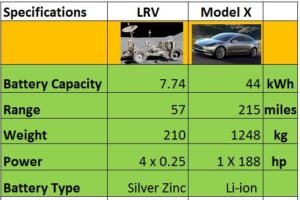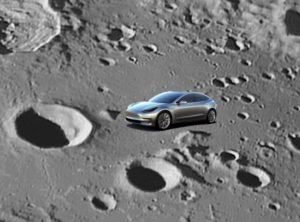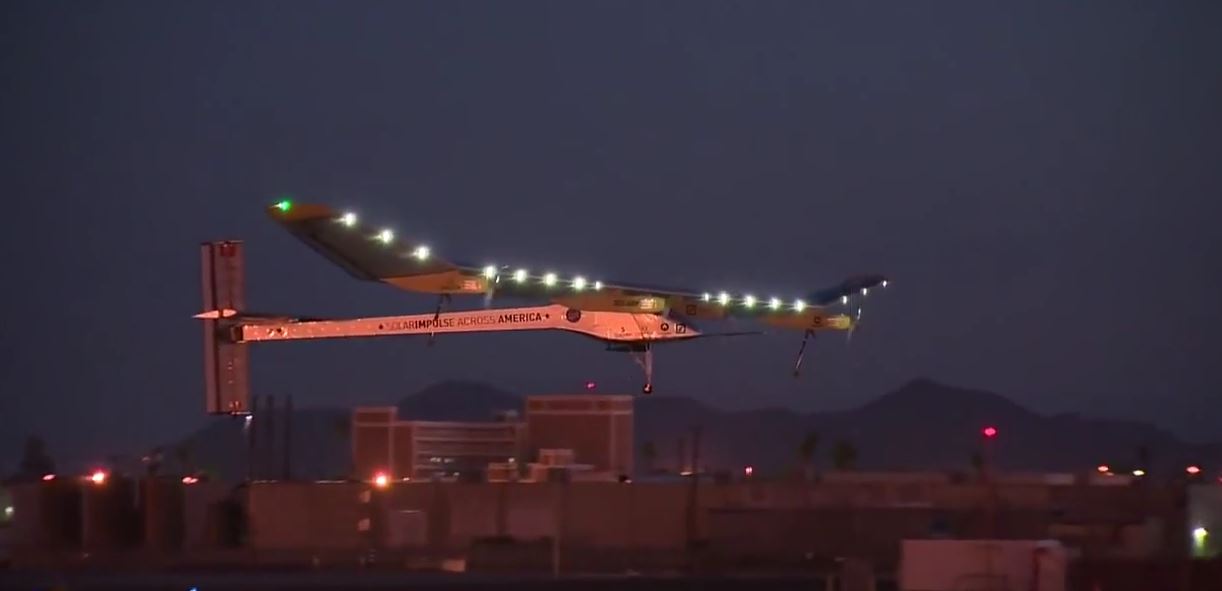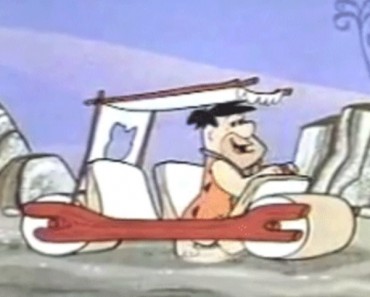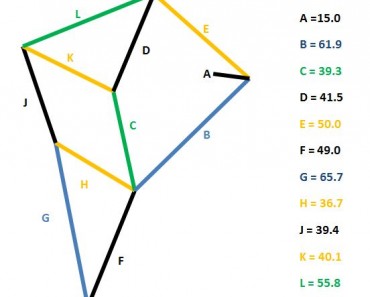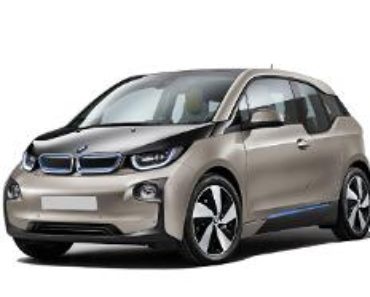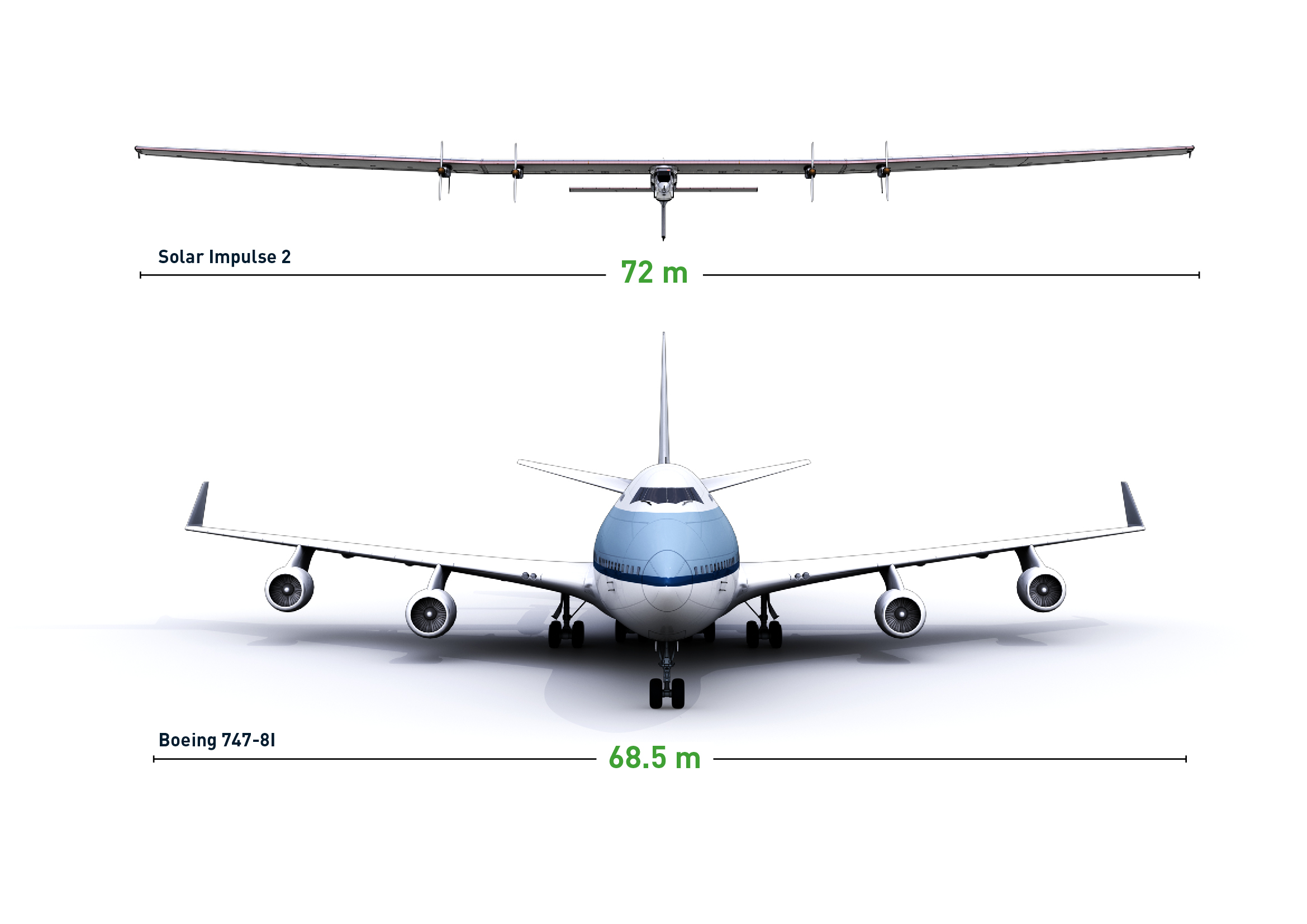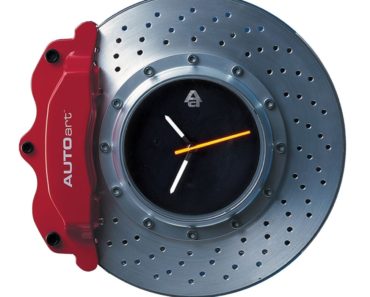Electric cars work in space. In fact all wheeled vehicles to venture outside our planet thus far have been electric. Starting from the Soviet’s first lunar vehicle the Lunkhod 1 to the Mars Opportunity Rover (MER-1 ) all had electric drive.
While electric cars have been in used space for almost half a century yet on earth, we have only recently come to terms with the space-age transporter. In fact some of the satellites can also be classified electric vehicles as they use electric propulsion systems.
The improvement in the electric vehicle technology particularly in the last two decades makes it a compelling case to compare the LRV (Lunar Roving Vehicle) sent to the Moon in 1970’s to the much hyped Tesla Model 3 that is due to be rolled out next year.
The LRV had four electric motors, each with a power rating of 0.25 hp. The total weight of the vehicle was 210 kg. The battery pack was made up of two 32 V Silver Zinc batteries (each 121 Ah). The total pack capacity was 7.744 kWh. The Silver Zinc batteries were considered at the time for their high power to weight ratio. They have an energy density of 130 Wh/kg. On the other hand a Model 3 has a whopping 188 hp single electric motor but has a weight of 1248 kg. Its battery pack is more than 5 times the LRV and its range is 215 miles. It carries lithium-ion batteries that have a cell level energy density of 251 Wh/kg. Even at the pack level, the Model 3 is superior with an energy density of 141.7 Wh/kg
This brings us to the question, can the Model 3 circumnavigate the moon (a trip of 6784 miles) ? If so, what how much time will be required? What modifications if any will have to be made?
Well getting the Model 3 in space would be challenging to say the least. It weighs over a ton. Assuming it reaches the moon safely, dissecting the car specifications further can help reach the conclusion. The mere thought experiment could yield some pretty insightful and interesting results.
On earth, the Model 3 has a range of 215 miles per charge. Given that the car would weight 6 times less on the moon and there will be no air drag to deal with, the Model 3 can potentially do many more miles on a full charge.
The rolling resistance would go down by a factor of 6 due to reduced weight. However lack of firm and even track would hinder movement. Even if the overall effect increases the range 5 times, it still would not be able to do the lap around the moon (6784 miles) on a single charge.
However, compared to the LRV that had a range of 57 miles, the Model 3 still has chance given a few modifications are made. Firstly, the existing suspension will have to be replaced to increase ground clearance and make it off-road ready. Secondly, a radiative cooling system will have to be designed to prevent over heating of the batteries. Solar panels will have to be integrated in the body to top up batteries.
Temperatures
Lunar surface temperatures can fluctuate from a +200 °C to -200°C. All lunar missions in the past were therefore arranged such that most time spent on moon by the astronauts was during lunar dawn. Lithium Ion battery packs ideally like to operate in a range between 5 °C to 30°C. They can still perform in a slightly wider range of -10 °C to +50ºC ambient temperature, although the performance drops at the extreme ends. It is no wonder that electric cars are far more popular in milder climate cities, such as San Francisco.
On the moon, the cabin temperature control system is bound not to work so it can be replaced along with some other earthly safety features. The batteries are unlikely to catch fire because of lack of atmosphere but high temperatures can evaporate the electrolyte.
At any given time, there are regions on the moon where the temperature will be at a happy medium or within a range that is ideal. It is the region overseeing a lunar dawn or observing dusk. And with the rotation of the moon, this region continuously shifts. The car will have to maintain its position in that region and thus try to keep the elevation of the sun maintained within a fixed angle range . Given that a lunar day is 27 earth days long (648 hours), the car will have to maintain a speed of 10 miles per hour. The Model 3 is more than capable of reaching such speeds having horsepower 188 times more than the LRV.
Terrain
Lunar terrain is rugged. Lunar surface is heavily cratered. The Lunar Regolith ( soil on the moon) is also incredibly dry and therefore very powdery. It was difficult for tyres on the lunar rover to find adequate grip for acceleration. The Model 3 on the other hand is 6 times heavier than the LRVs so it is bound to find a better traction.
Thankfully the lunar terrain has been studied in great detail for arranging travel plan for the LRV. The report titled “Lunar Terrain and Traverse Data for Lunar Roving Vehicle” can be obtained from this link.
The terrain was classified into four types namely smooth mare, rough mare, hummocky upland, and rough upland.
The following speeds were noted for the LRV:
Smooth mare 1.7 km/h
Rough mare 1.5 km/h
Hummocky upland 1.8 km/h
Rough upland 0-5 km/h
Large fresh crater 0.3 km/h
Similarly it was suggested that any crater more than 2 meter wide should be avoided and likewise any blocks which are 1 meter wide and large. The Lunar Rover traversed extremely slowly, only reaching 14 km per hour (8.7 mph) velocity while descending down a crater.
The terrain on the moon would be a hindrance for the Model 3 to cruise at 100 mph, but with suspension improvement and nearly 200 times more power, it can achieve a healthy speeds of 50 mph.
Endurance
If a solution for thermal management of battery is found out such that it can withstand extreme temperatures on the lunar surface, than the only limitation will be the obstacled terrain. Given moons terrain is uneven to say the least, an average speed of 30 miles per hour would still require 10 days of constant travelling. Given the ample room in Model 3, the vehicle can easily pack in the gear needed for 10 days of life support. The car does not have to travel at 30 mph constantly but only has to maintain that as an average. So, it can travel faster and stop for breaks.
Although a single battery pack charge may enough to go 6 times the range calculated on earth, it can be supplemented by solar panels on the body. Note that there is more than 6 meter square space available on the car body for attaching solar panels. On the moon, solar radiation is received un-attenuated because of the lack of atmosphere. During noon times as much as 1367 Watts can be received on a meter square area. Thus every 6 hours, 2 kwh of energy will go back into the battery pack (at 24% panel efficiency).
It should be understood that only part of the solar radiation is converted as electricity while the remaining generates heat. The panels therefore will have to attached such that they are not flush against the car body so to prevent heat transfer into the car body through conduction. Brackets can be used in this regard. Panels can also overhang the car body to increase catchment area.
Modifications
The following modifications will be needed:
- A new suspension will have to be added to raise the floor of the Model 3 and help it handle bumpy terrain.
- A radiative cooling system will have to be designed to replace the existing convective cooling system. Note the LRVs used a wax phase change system in conjunction with radiative cooling to cool batteries.
- Earthly features such as wind screen and air con will have to be removed to save weight.
- Special tyres have to be used for a firmer grip and handling of hot regolith.
- Solar panels will have to be added. The more efficient the panels, the quicker the recharge. Multi junction solar cells with efficiency over 40% can be used.
Through the advancement in technology, one day it will be possible to have that an electric spacecraft with Hall effect thrusters that will piggyback on a powerful version of the Airbus E-fan Electric plane on its way to the moon. And the spacecraft could carrying inside it a Tesla Model 3. Imagine a trip to the moon and around without any emissions and without losing any parts.
The era of sustainable transport is upon us and the era of sustainable space travel is on the horizon. The Tesla Model 3 can certainly be used as the template car for circumnavigating the moon.
For more articles like this, please subscribe or like our facebook page
Please feel free to share this article using the button below.

